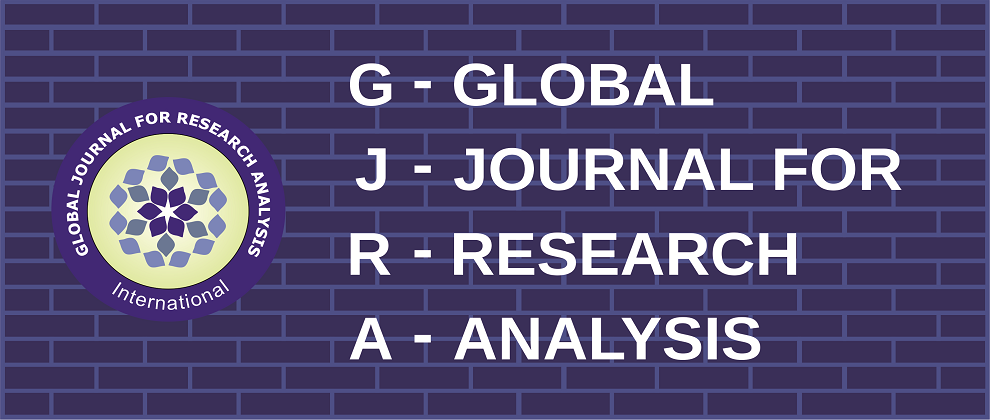Volume : 3, Issue : 2, February - 2014
Hallux Valgus Angle And 1st Intermetatarsal Angle of Human Foot
Dr Deepak S. Howale, Dr Sudarshan Gupta, Dr D P Pandit, Mr Varun Virmani
Abstract :
Man’s foot evolved from that of the ape’s foot was mainly used for prehensile function1 and arboreal existence1. It was used to move on trees and to hold anches of trees. Ape’s 1st ray and the hallux are mobile and opposable with greater movements at transverse tarsal joints for prehensile functions. It’s first toe can be curled around one side of a bough and the 2nd to 5th toes on the other side During evolution, the ape acquired a large size and great weight which became actual handicaps for him to have an arboreal existence 1. So, the ape become a terrestrial animal and assumed a bipedal gait. The body weight became vertically supported and the feet had not only to support weight but had also to help in locomotion. This imposed additional stresses on the hind limb and on the foot, causing profound changes in the foot. It changed from a grasping organ to a supporting. Adduction of big toe ought the 1st and the 2nd metatarsals almost in line with each other and the 1st metatarsal could bear weight. It increased and doubled in girth, and become heavier2 as it now supported one third of the body weight in locomotion. Rigidity of human foot provided a strong anterior pillar for longitudinal arches and played an important role in giving medial stability to foot in standing, it permitted “heel to toe” gait and allowed body weight to carried on metatarsal heads. The rigid and adducted 1st metatarsal in human permitted final thrust by the great toe. Thus, man’s foot become a specialized organ for terrestrial leverage. As foot problems and deformities came to be noticed, the foot which was considered an uninteresting part of human anatomy. Early historical background as reported by kelikian3
Keywords :
Article:
Download PDF Journal DOI : 10.15373/2249555XCite This Article:
Dr Deepak S. Howale, Dr Sudarshan Gupta, Dr D P Pandit, Mr Varun Virmani Hallux Valgus Angle And 1st Intermetatarsal Angle of Human Foot Global Journal For Research Analysis, Vol:III, Issue:II Feb 2014


 MENU
MENU

 MENU
MENU

